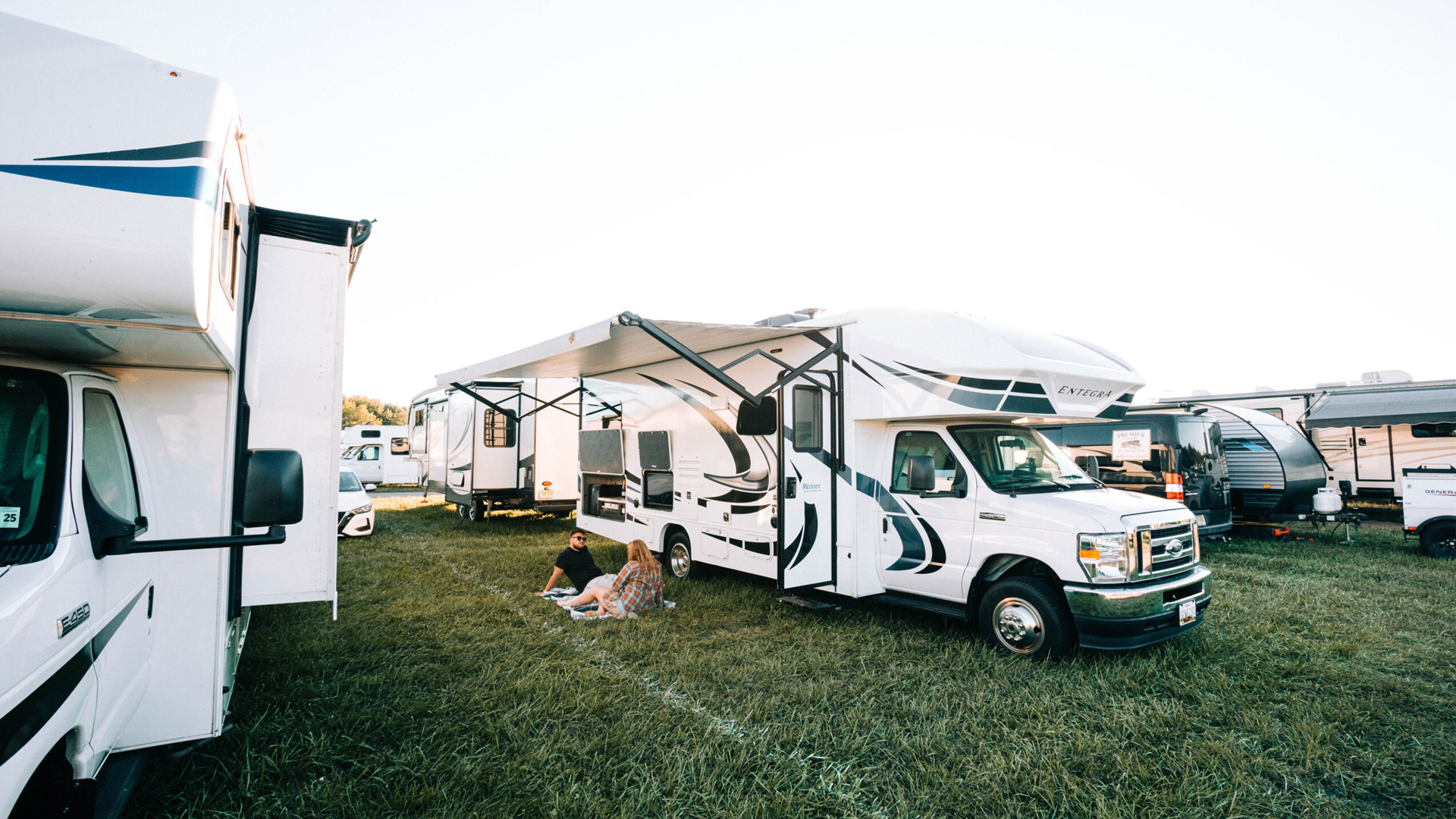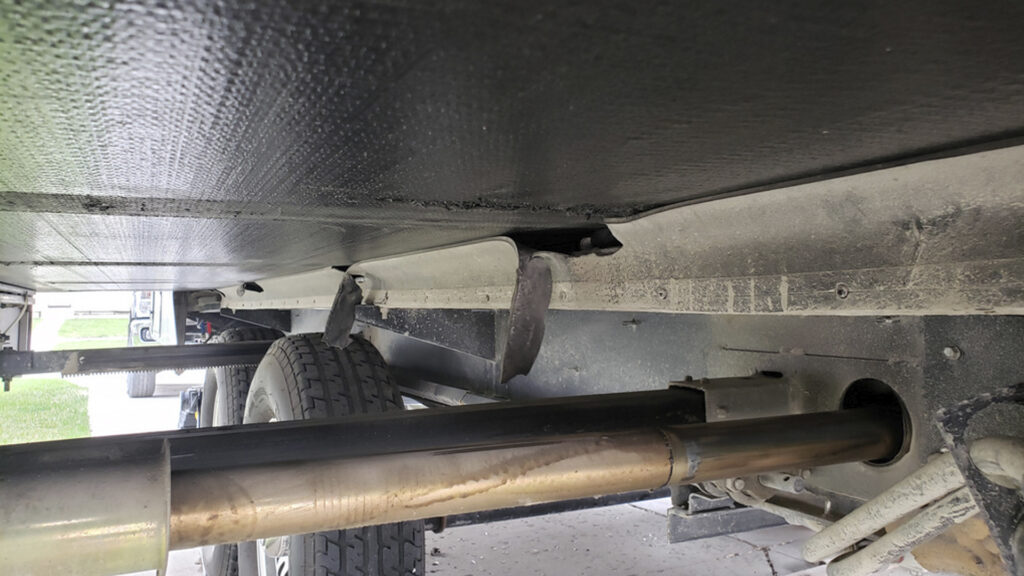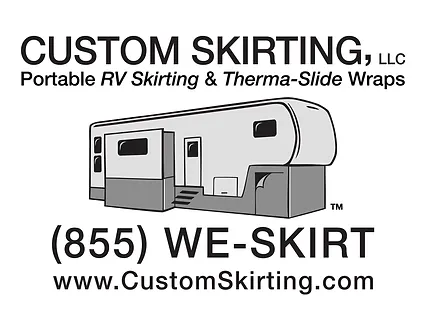
Types of RV Slide-Out Seals: Maintenance and Replacement
Table of contents
Slide-out seals are essential components of an RV, playing a crucial role in keeping the interior dry, clean, and comfortable. These seals prevent water, dust, and debris from infiltrating the living space when the slide-out is extended. Without proper maintenance and timely replacement, slide-out seals can become ineffective, leading to leaks and other issues that can result in expensive repairs. In this article, we’ll dive into the types of RV slide-out seals, how to properly seal and maintain them, and how to replace worn-out seals to keep your RV in top condition.
Understanding RV Slide-Out Seal Types
When it comes to types of RV slide-out seals, there are several options, each designed to fulfill a specific function in protecting your RV from the elements. Let’s look at the most common types and how they work.
Wiper Seals
Wiper seals are one of the most widely used types of RV slide-out seals. They are made from a flexible, durable material, typically rubber, and are designed to keep water and debris from entering the RV when the slide-out is extended. Wiper seals are usually installed along the edge of the slide-out and function like windshield wipers, sweeping water away from the sides of the RV.
Advantages of wiper seals:
- Easy to replace and affordable.
- Effective at keeping out water and dirt.
- Commonly used in areas with moderate rainfall.
Disadvantages:
- May wear out quicker in harsh weather conditions.
- Need regular inspection and cleaning to maintain effectiveness.
Bulb Seals
Bulb seals are another common type of RV slide-out seal. They are shaped like a bulb or an elongated circle and are often installed along the perimeter of the slide-out. These seals are highly effective at creating a tight barrier that helps prevent water, dirt, and even cold air from entering the RV.
The primary benefit of bulb seals is their ability to create an airtight and waterproof seal when the slide-out is retracted. This makes them ideal for use in RVs that will be exposed to more extreme weather conditions, such as heavy rain or high winds.
Advantages of bulb seals:
- Provide a strong, airtight seal.
- Long-lasting and durable.
- Often used in areas with extreme weather conditions.
Disadvantages:
- Can be more expensive than other types of seals.
- May require professional installation in some cases.
Compression Seals
Compression seals are designed to compress when the slide-out is extended, creating a snug seal that blocks water and debris. These seals are often made from rubber or foam materials that allow for some flexibility and compression as the slide-out moves in and out.
Advantages of compression seals:
- Provide a firm seal that helps keep the RV interior dry.
- Durable and resistant to wear.
- Effective for long-term use in both dry and wet climates.
Disadvantages:
- Can be difficult to replace without professional assistance.
- May need more frequent maintenance compared to other types of seals.
D-Seal
D-seals are named for their unique “D” shape, which helps create a tight, continuous seal around the RV slide-out. These seals are often used in areas where water or wind protection is especially important, such as in coastal regions or during winter months.
Advantages of D-seals:
- Highly durable and effective at blocking water and wind.
- Excellent for areas with high humidity or cold weather.
- Long-lasting with proper maintenance.
Disadvantages:
- Installation may require special tools or professional help.
- Can be more expensive than other types of seals.
Maintenance Tips for RV Slide-Out Seals

Proper maintenance of your RV slide-out seals is crucial for ensuring they perform their job effectively. Here are some essential tips to help you maintain your seals and prevent costly repairs.
Regular Inspection
How to inspect RV slide-out seals: Regular inspections are the first step in maintaining your seals. Look for signs of wear, such as cracks, tears, or areas where the seal may be coming loose. You should also check for any buildup of dirt or debris, which can compromise the seal’s ability to keep out moisture.
Cleaning Techniques
To extend the life of your slide-out seals, clean them regularly. Use a soft cloth and mild soap solution to wipe down the seals, removing dirt, debris, and any sticky substances. Avoid harsh chemicals or cleaners that could damage the seal material.
Lubrication
Lubricating your seals can help keep them flexible and functioning properly. Use a silicone-based lubricant designed for RV seals, and apply it sparingly along the length of the seals. This will help prevent them from drying out, cracking, or sticking to the slide-out mechanism.
Protecting Seals from UV Damage
UV rays from the sun can break down the materials used in slide-out seals, making them more prone to cracking and deterioration. To prevent this, park your RV in shaded areas when possible or use an RV cover to shield the seals from direct sunlight. Additionally, some RV owners apply UV protectant sprays to their seals to enhance durability.
Replacing RV Slide-Out Seals
No matter how well you maintain your seals, they will eventually wear out and need to be replaced. Here’s a guide to how to replace RV slide-out seals.
When to Replace Seals
Signs it’s time to replace your RV slide-out seals:
- Visible damage: Cracks, tears, or holes in the seals.
- Persistent leaks: If you notice water entering the RV despite cleaning and lubricating the seals, it may be time for a replacement.
- Age-related deterioration: Seals that are several years old may begin to lose their elasticity, making them ineffective at sealing out moisture and dirt.
DIY Replacement vs. Professional Service
Replacing slide-out seals can be done as a DIY project, but some RV owners prefer to hire a professional for the job. Here are the pros and cons of both options:
- DIY Replacement:
- Pros: Cost-effective, you control the timeline, and you can learn valuable skills.
- Cons: Time-consuming and may require specific tools or expertise.
- Professional Service:
- Pros: Quick, ensures the job is done correctly.
- Cons: More expensive, especially if you have multiple seals to replace.
Step-by-Step Replacement
If you choose to replace the seals yourself, here is a general overview of the process:
- Measure the seals: Ensure you buy seals that fit your RV slide-out.
- Remove the old seals: Carefully pry out the old seals using a flat tool, being cautious not to damage the slide-out.
- Clean the surface: Clean the area where the new seal will be installed, ensuring there’s no dirt or debris.
- Install the new seals: Follow the manufacturer’s instructions to install the new seals. Make sure they are securely in place and properly aligned.
- Test the seals: Extend and retract the slide-out to ensure the new seals are functioning correctly.
Troubleshooting Common Slide-Out Seal Issues

Even with the best care, slide-out seals can encounter issues. Here’s how to address some of the most common problems.
Addressing Leaks
If you notice a leak, first determine if it’s coming from the seals or another source. To temporarily fix a leaking seal, you can apply silicone sealant or weatherproof tape until a permanent solution is found.
Dealing with Stuck or Misaligned Seals
Stuck or misaligned seals can prevent your RV slide-out from functioning properly. Gently realign or remove the seals and reinstall them. If the seals are damaged, replacement may be necessary.
Understanding the types of RV slide-out seals, their maintenance, and how to replace them is essential for ensuring your RV stays comfortable and protected from the elements. Regular inspections, proper cleaning, lubrication, and timely seal replacements can prevent costly damage and enhance your RV experience. By following the guidelines provided in this article, you can maintain your slide-out seals and keep your RV in optimal condition for years to come.
Protect Your RV with Custom Skirting: Perfect Fit for Your Slide-Out Seals
Are you ready to enhance your RV’s comfort and efficiency? Custom Skirting is the ultimate solution for all-weather protection, providing insulation for your entire RV, including slide-outs. Our precision-tailored skirting not only seals out drafts, water, and wind but also improves energy efficiency and internal temperature regulation. With our exclusive “No-Snap, No-Gap” channel system, you’ll enjoy superior protection against the elements. Don’t wait—upgrade your RV today with Custom Skirting, designed to perfectly complement your slide-out seals and keep you comfortable wherever your adventure takes you!
